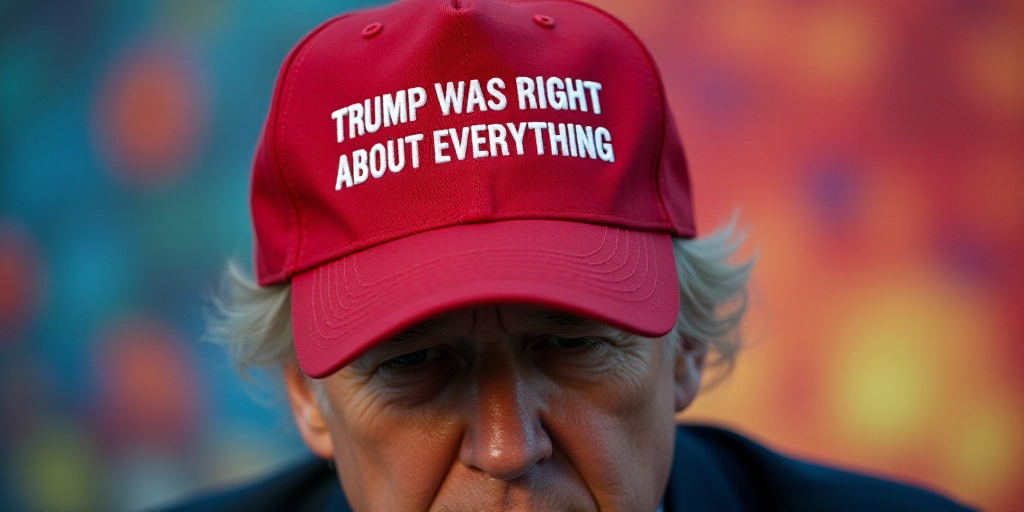Background on Donald Trump and His Tariff Policies
Donald Trump, the former President of the United States, implemented significant tariffs on various goods from American trading partners during his tenure. These tariffs were imposed under the International Emergency Economic Powers Act, aiming to exert pressure in trade negotiations. The tariffs affected numerous countries, including the European Union (EU), Mexico, Canada, and China. The base tariff rate was set at 10%, with higher rates for several economies, including the EU and Japan.
Trump’s Tariff Rationale
Trump claimed that these tariffs were necessary to address issues such as drug trafficking and unfair trade practices. However, his actions sparked controversy and legal challenges from affected countries and businesses.
Legal Challenges and Lower Court Rulings
Multiple legal challenges were filed against Trump’s tariffs. A federal appeals court ruled in late August that Trump had exceeded his authority by imposing most of the tariffs on his trading partners since returning to the White House. Despite this, the court allowed the tariffs to remain in effect until the Supreme Court could issue a final decision.
Supreme Court’s Intervention
Under pressure from the Republican administration, the Supreme Court agreed to expedite a review of the tariff legality case. The court scheduled an argument for “the first week of November,” as stated in its decision on Tuesday.
Government’s Argument and Potential Impact
The U.S. government argued before the Supreme Court that invalidating the tariffs would have detrimental consequences and eliminate a crucial pressure tool in trade negotiations with American partners. The fear of exorbitant tariffs has led many trading partners, including the EU, to refrain from retaliation and further open their markets to U.S. products.
Key Questions and Answers
- What is the main issue being reviewed by the Supreme Court? The legality of tariffs imposed by former President Donald Trump on various goods from American trading partners.
- Why is the Supreme Court reviewing this case? The federal appeals court ruled that Trump had exceeded his authority in imposing most tariffs, and the U.S. government requested a swift Supreme Court decision on the matter.
- What are the potential consequences if the tariffs are invalidated? The U.S. government argues that it would lose a crucial pressure tool in trade negotiations, while trading partners might further open their markets to U.S. products.
- Which countries are affected by Trump’s tariffs? The tariffs impact numerous countries, including the European Union, Mexico, Canada, and China.
- What was the ruling of the federal appeals court? The court determined that Trump had exceeded his authority in imposing most tariffs but allowed them to remain in effect until the Supreme Court could issue a final decision.






